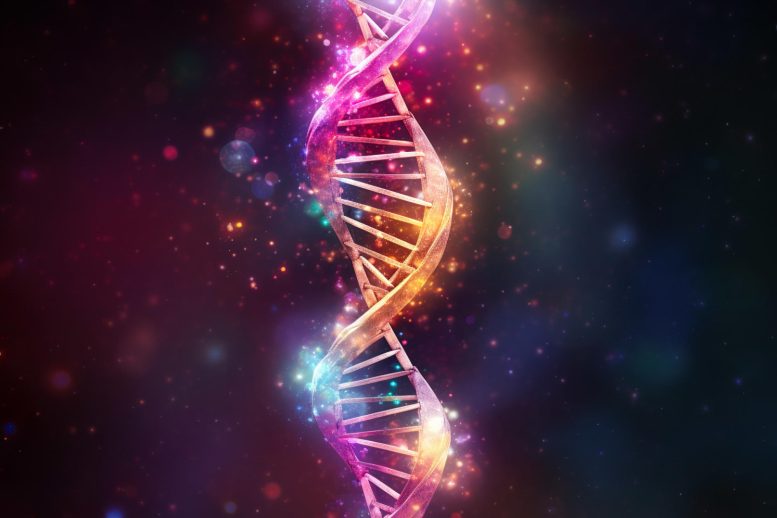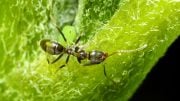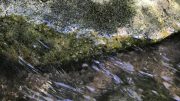
Ecologists found that species’ environmental DNA (eDNA) can offer insights into genetics of whole populations, aiding in tracking and preventing invasive species’ spread. This eDNA advancement also assists in the conservation of endangered species, offering insights akin to forensic investigations.
Ecologists have shown that the genetic material that species shed into their environments can reveal not only the presence of the species but also a broad range of information about the genetics of whole populations. This information can assist researchers in pinpointing the origin of a newly invasive population and in halting further invasions.
The advancement in environmental DNA (eDNA) also opens new possibilities for protecting endangered and vulnerable species.
“For the benefit of biodiversity conservation, we’re getting closer and closer to what forensic scientists do every day at crime scenes,” said study co-author David Lodge, director of the Cornell Atkinson Center for Sustainability.
In the new study, published in the Proceedings of the National Academy of Sciences, the researchers demonstrated that their methodology was successful in field sampling of invasive round goby fish throughout the Great Lakes and the New York Finger Lakes.
In their Great Lakes study, which involved collecting water and tissue samples from round goby fish in 13 locations from Lake Michigan to Oneida Lake, the researchers found that their eDNA sampling methodology can be used to detect nuclear genetic variations, making it possible to analyze genetic diversity and variation within species. This information is useful for natural resource managers because it can help them trace the source of a new invasive population as well as prevent further invasion or minimize harm by determining how invasive species are moving and how to stop them.
The breakthrough can also help scientists understand the demographics of imperiled species without requiring the physical capture of animals that are already rare and vulnerable. Species experiencing population declines can suffer from a loss of genetic diversity, and eDNA may allow researchers to detect those declines earlier, according to the first author of the study, Kara Andres.
Andres is a former graduate student in Lodge’s lab and now a postdoctoral fellow at Washington University in St. Louis. She wrote the paper with co-authors Lodge and Jose Andrés, a Cornell Atkinson faculty fellow and a senior research associate who co-directs the Cornell Environmental DNA and Genomics Core Facility.
“It is a major step in unlocking the full potential of genomics techniques when applied to aquatic eDNA samples,” Jose Andrés said. “In the near future, I anticipate that this technique will allow us to study the status and health of elusive species. I believe this holds profound implications, particularly in marine environments.”
Reference: “Environmental DNA reveals the genetic diversity and population structure of an invasive species in the Laurentian Great Lakes” by Kara J. Andres, David M. Lodge and Jose Andrés, 5 September 2023, Proceedings of the National Academy of Sciences.
DOI: 10.1073/pnas.2307345120
The study was funded by the U.S. Department of Defense, the National Oceanic and Atmospheric Administration, the National Science Foundation, and Cornell Atkinson.









Vices brigao por porcarias aqui sim. Aprende a viver droguinhas das fadas madrinhas the fasen delirar e aceitar o que vc é.